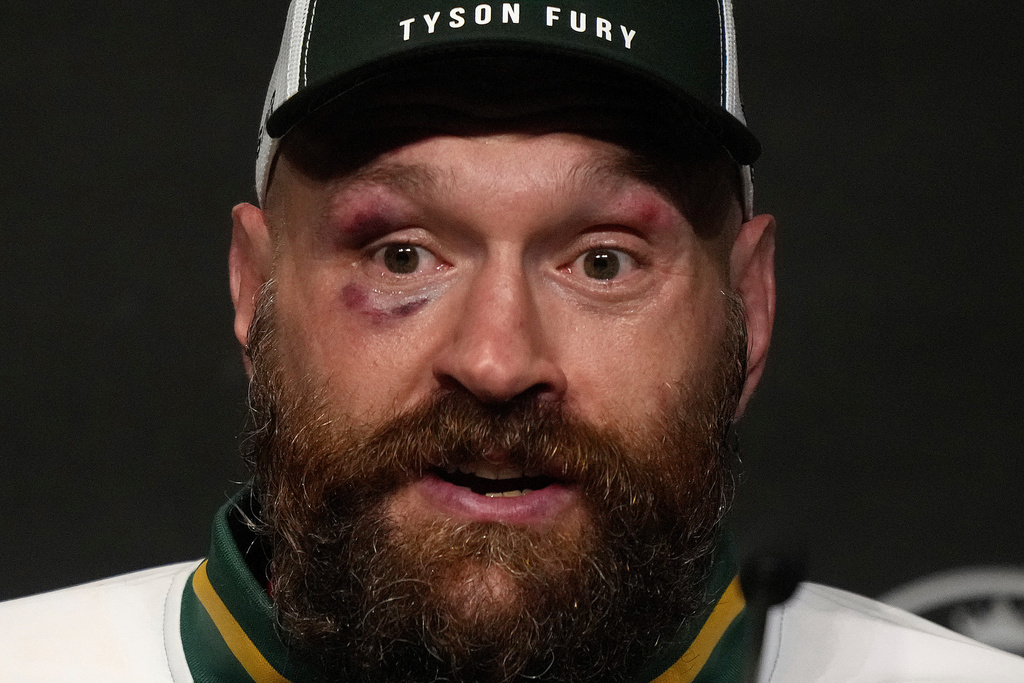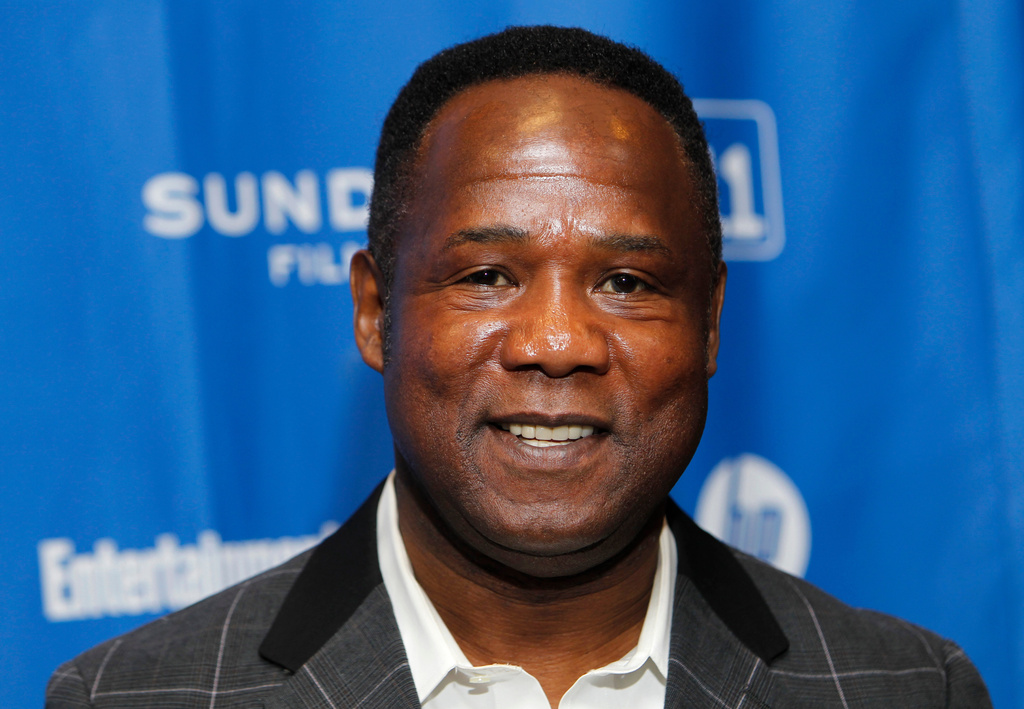From medical dramas to family cartoons, more television series are highlighting what it’s like to live with autism spectrum disorder, a developmental disability caused by differences in the brain.
Earlier this year, a clip from the Disney+ original series "The Proud Family: Louder and Prouder" went viral for what several viewers called an honest depiction of an autism diagnosis.
Matthew Kenslow, a 27-year-old author who was diagnosed with autism at age 6, said the clip "really highlights the fact there are some people out there that equate people on the spectrum with being, you know, you could fill in the blank, not really good things."
Kenslow is the author of "Juggling the Issues: Living with Asperger's Syndrome," a memoir about living on the autism spectrum and facing discrimination growing up. He also pointed to the accuracy of how ASD is represented in "The Proud Family" — both because of Mr. Proud's immediate negative reaction in the clip and the episode's thorough explanation of the need for early intervention and support.
"I can testify to early intervention, and I believe a lot of people who are growing up should get those resources earlier on," Kenslow said. "I had a resource specialist program, I had speech therapy, and I believe that's going to help people unlock their full potential as they grow up."
Along with "The Proud Family" revival, characters with ASD are leading shows like the ABC medical drama "The Good Doctor," the Netflix Korean drama "Extraordinary Attorney Woo," the family dramedy "Atypical" and the Freeform sitcom "Everything's Gonna Be Okay" — which starred actress Kayla Cromer, who is on the autism spectrum herself.

The fight to get representation for invisible disabilities
Invisible disabilities like autoimmune diseases or developmental conditions can sometimes be ignored or discredited, especially in the workplace.
The wide range of characters with ASD across different genres builds on the representation notably started in 1988 with the film "Rain Man." Several critics say the film furthered harmful stereotypes about people with ASD. Writer Karl Knights, who also lives with autism, noted: "Before 'Rain Man,' there was no popular conception of what autism looked like, among the public or on-screen."
"One of the earliest representations that I resonated with was 'Miracle Run,'" Kenslow said. "It's a Lifetime movie from 2004. I was 9 years old, and I watched that, like, 100 times. I really enjoyed it. It really explained autism, and this was actually before I knew that I had the diagnosis a few years prior."
Based on a true story and starring actress Mary-Louise Parker, "Miracle Run" told the story of a mother and her fraternal twin sons, both diagnosed with autism.
"Then in recent years, you have 'The Good Doctor,'" Kenslow said. "I personally liked the show. And I will say not every person with autism has a photographic memory, but I thought that was very nice. I think that the show also captured very well the amount of teasing or bullying that a person with autism may have endured growing up in life."
Autism consultant Melissa Reiner works on the set of "The Good Doctor" to help with the show's representation of ASD, but other experts like Alison Singer, the president of the Autism Science Foundation, writes that the show and others like it don't go far enough.
For Spectrum News, an outlet dedicated to autism research, Singer wrote: "What we see on TV and in movies reflects our own reluctance to deal with the enormous burdens severe autism places on individuals and families."
Other critics argue more actors on the spectrum should portray characters with autism.
Kenslow says more representation in general can help audiences better understand that "everyone with autism is different." He hopes his own book as well as videos he makes for his more than 80,000 YouTube subscribers and 1 million Instagram followers can help people learn more.
"What really is reassuring to my heart is hearing how I've encouraged people or people who kind of desire to know more details," Kenslow said. "They just want to ask me advice on how to help their friends feel included."
Going forward, Kenslow hopes to not only push for better autism awareness in society but acceptance, too.










